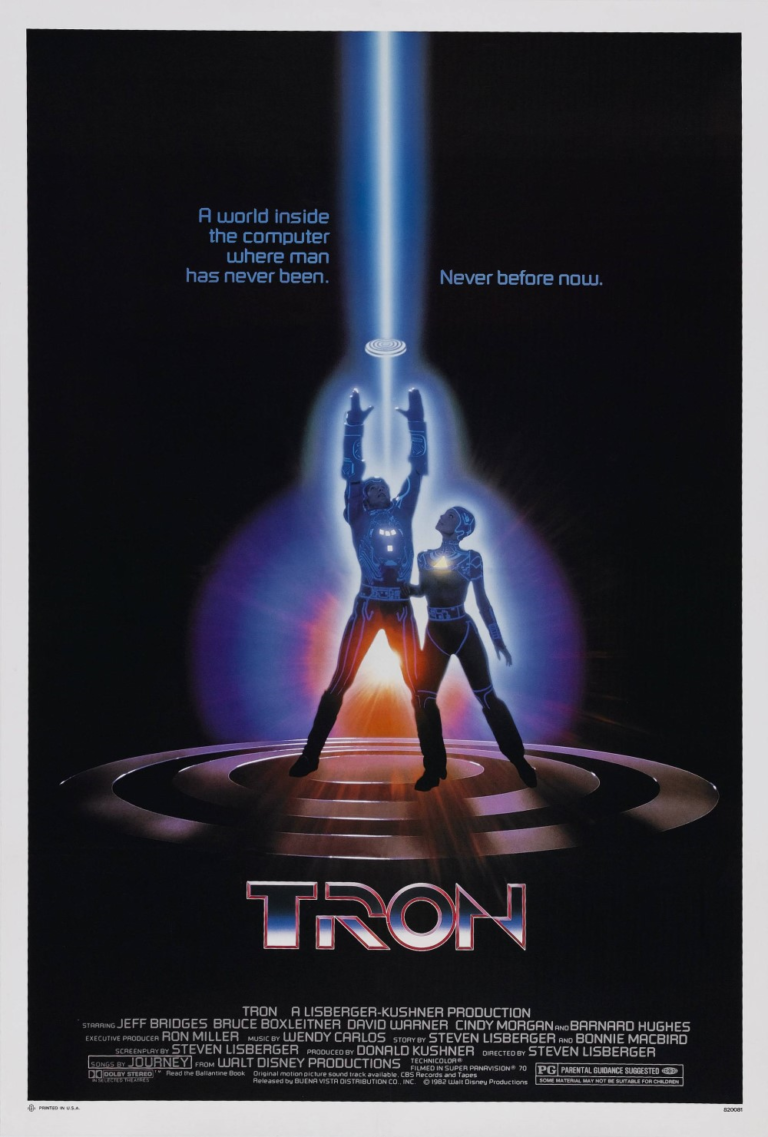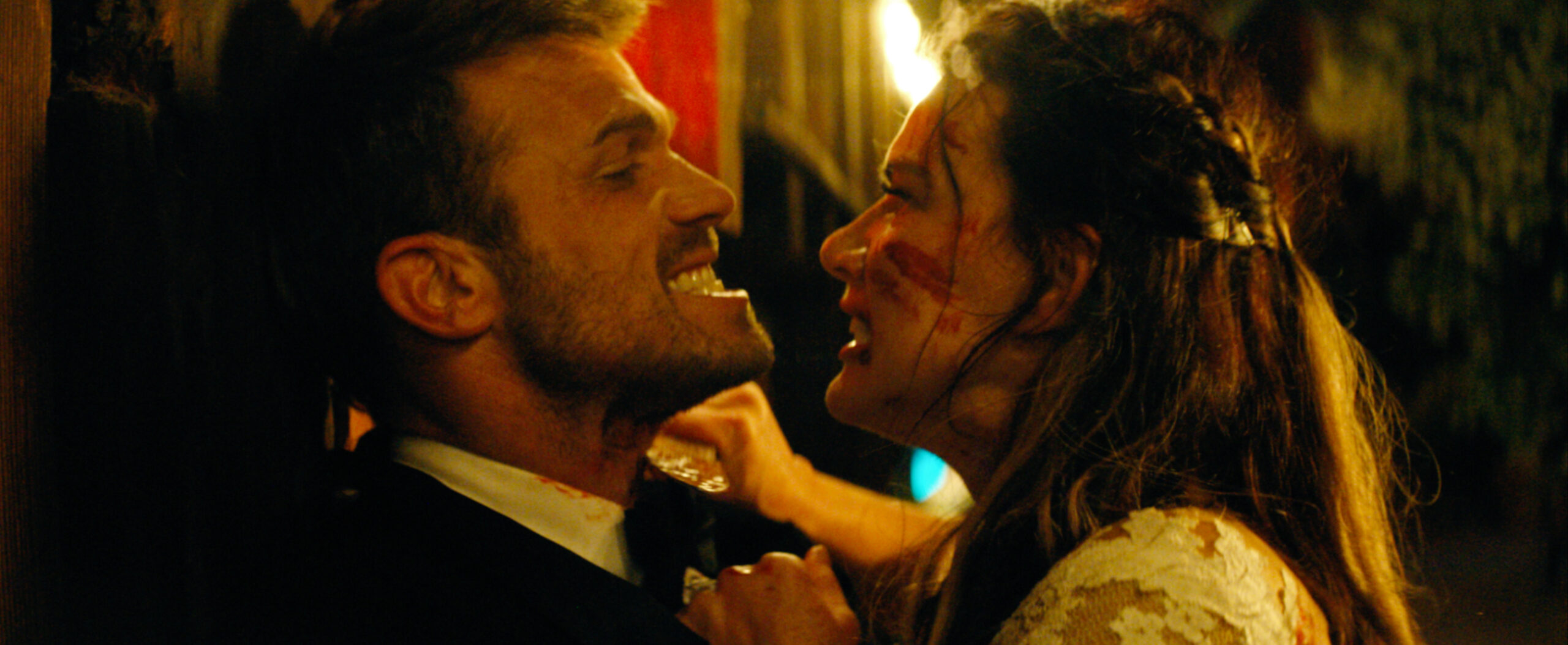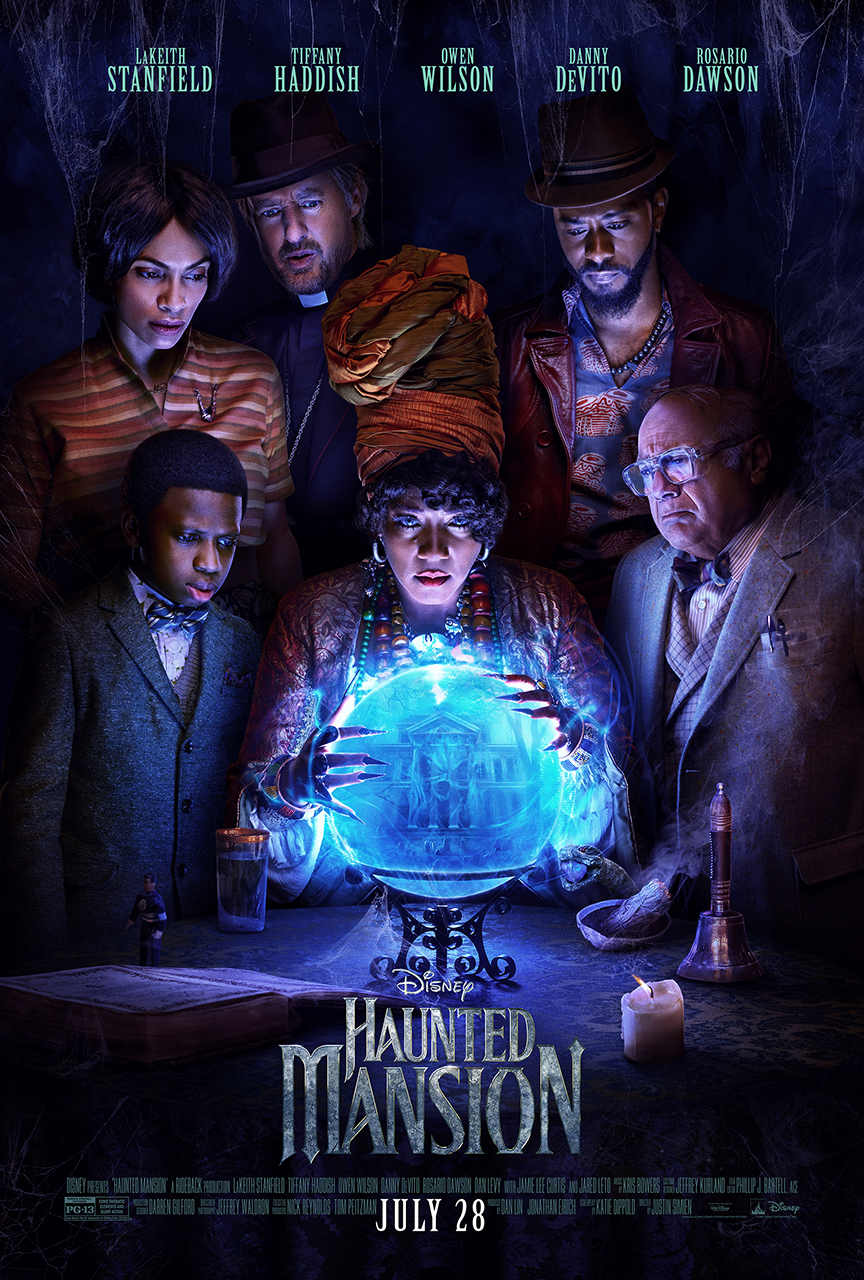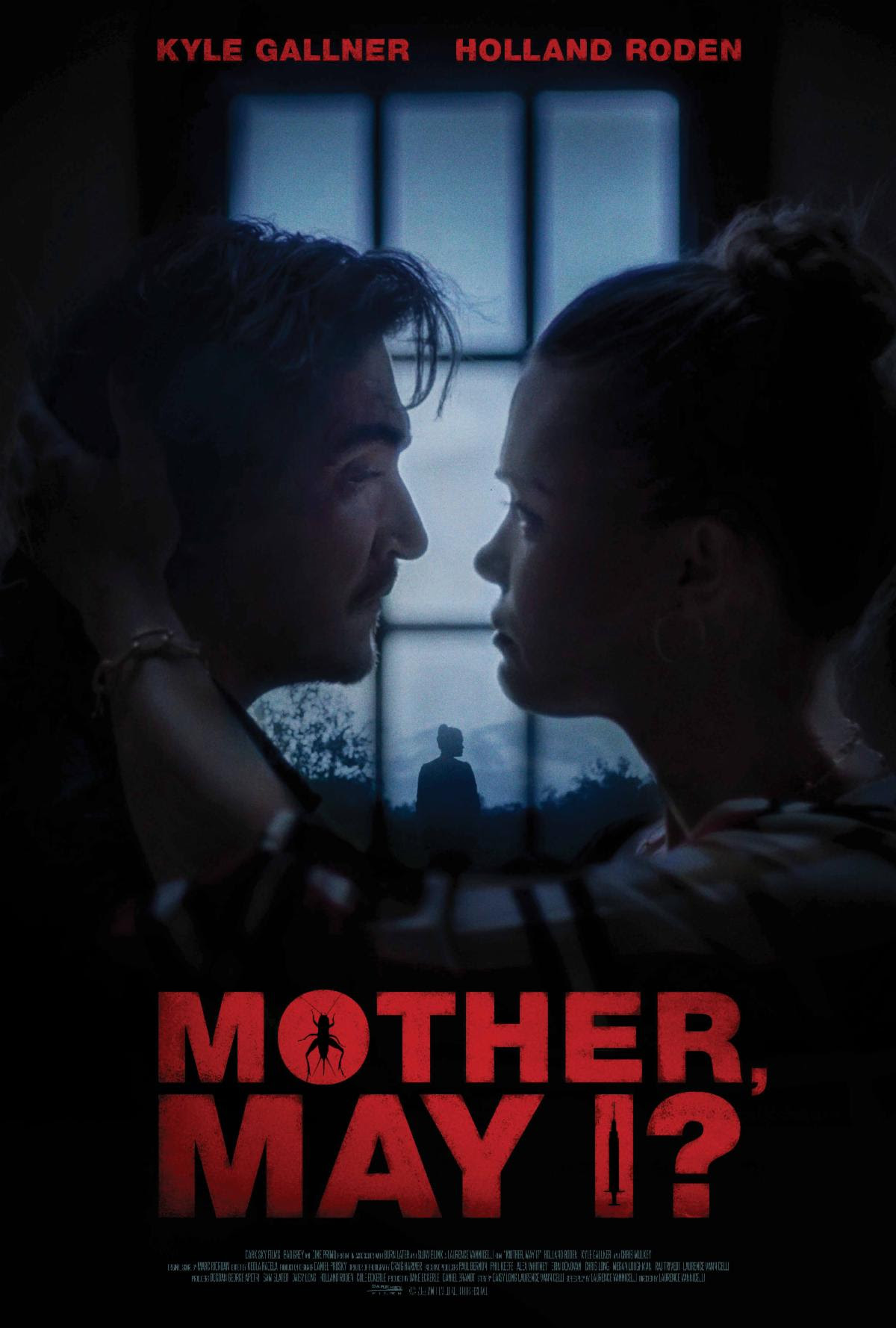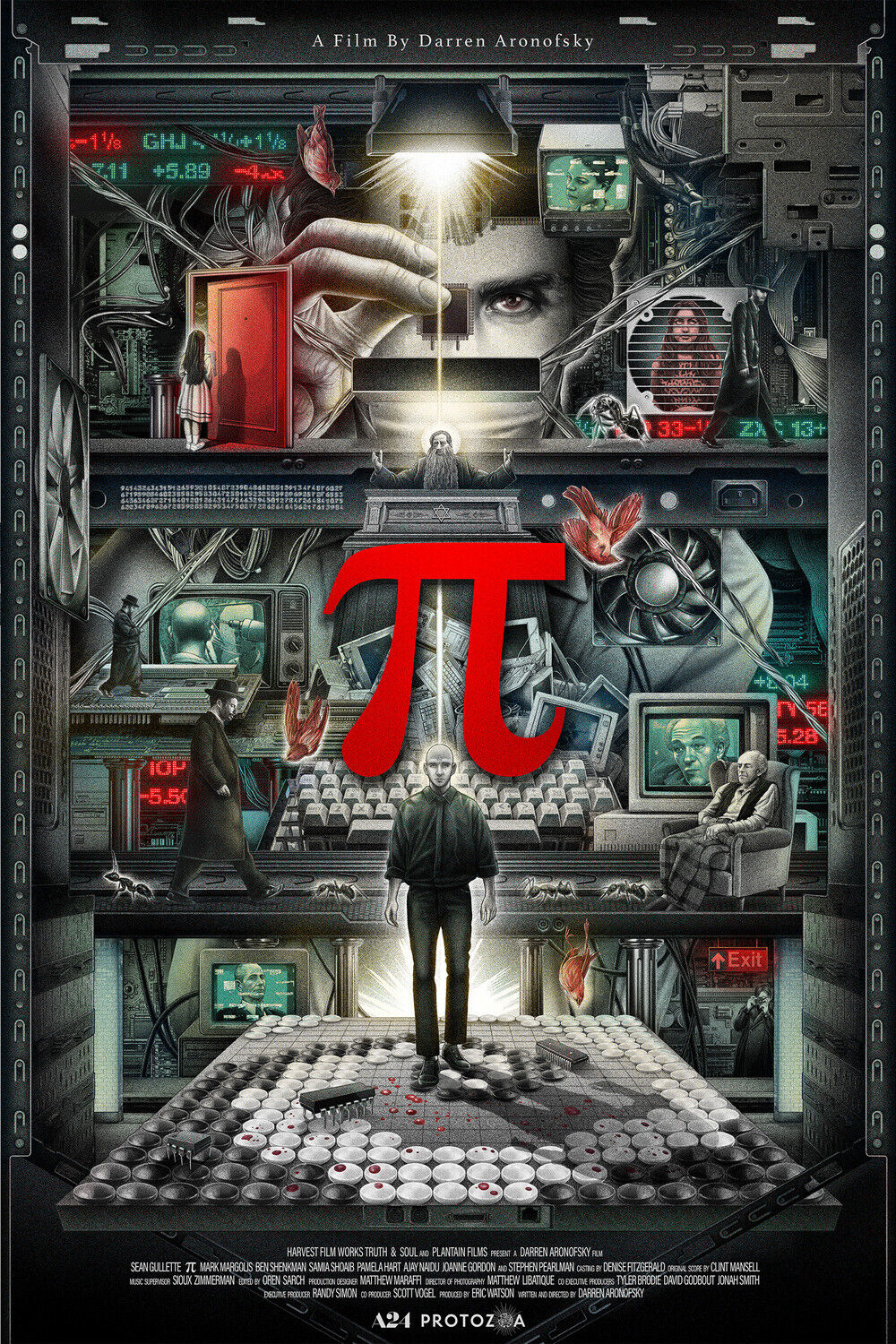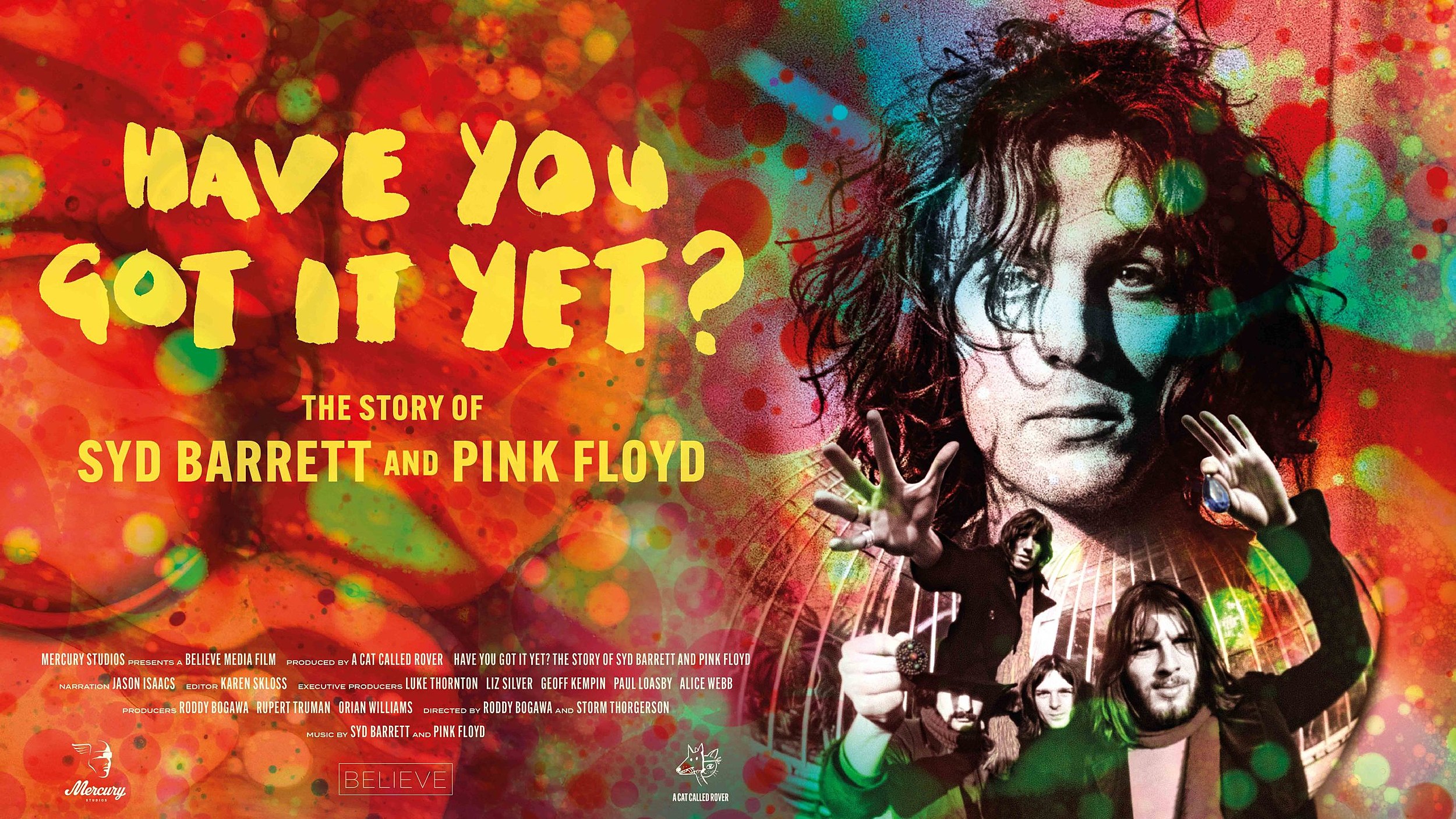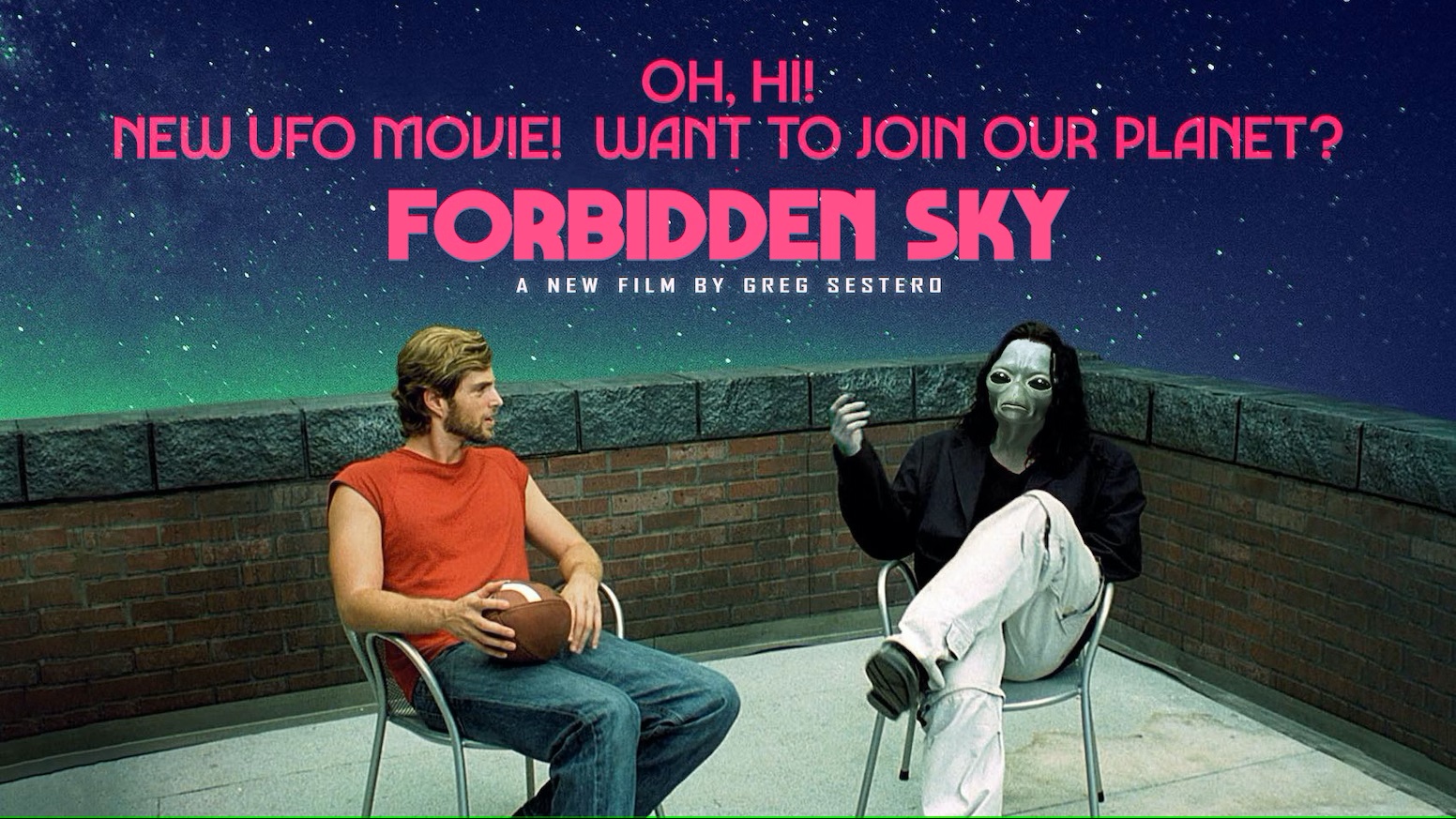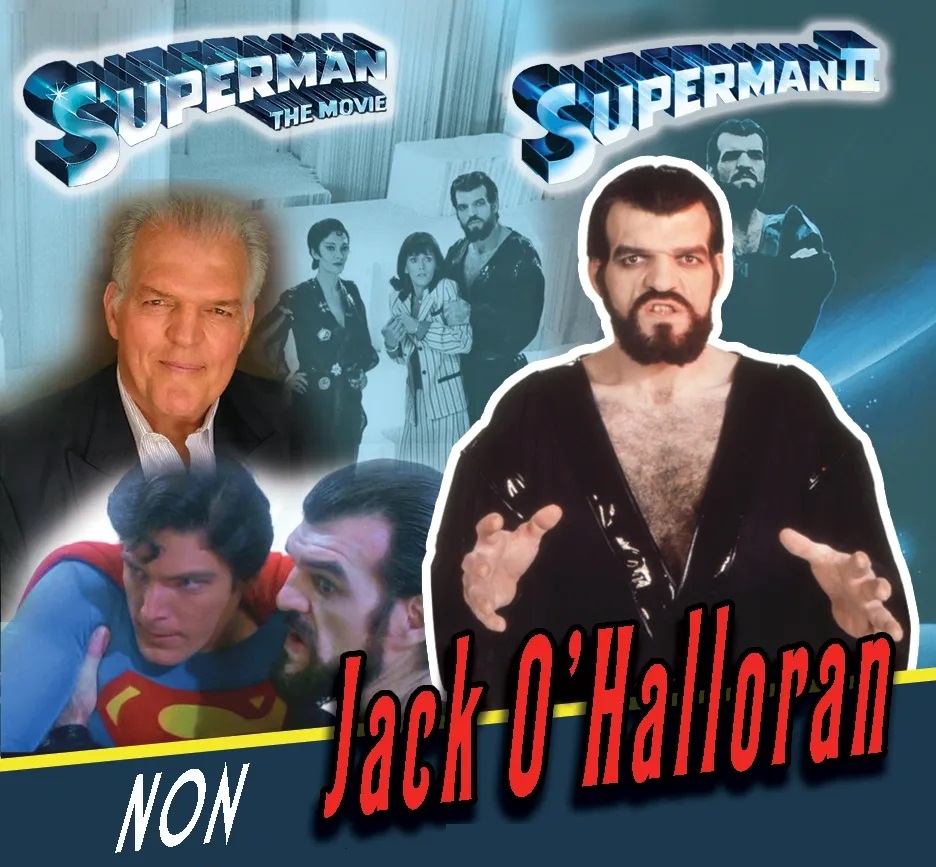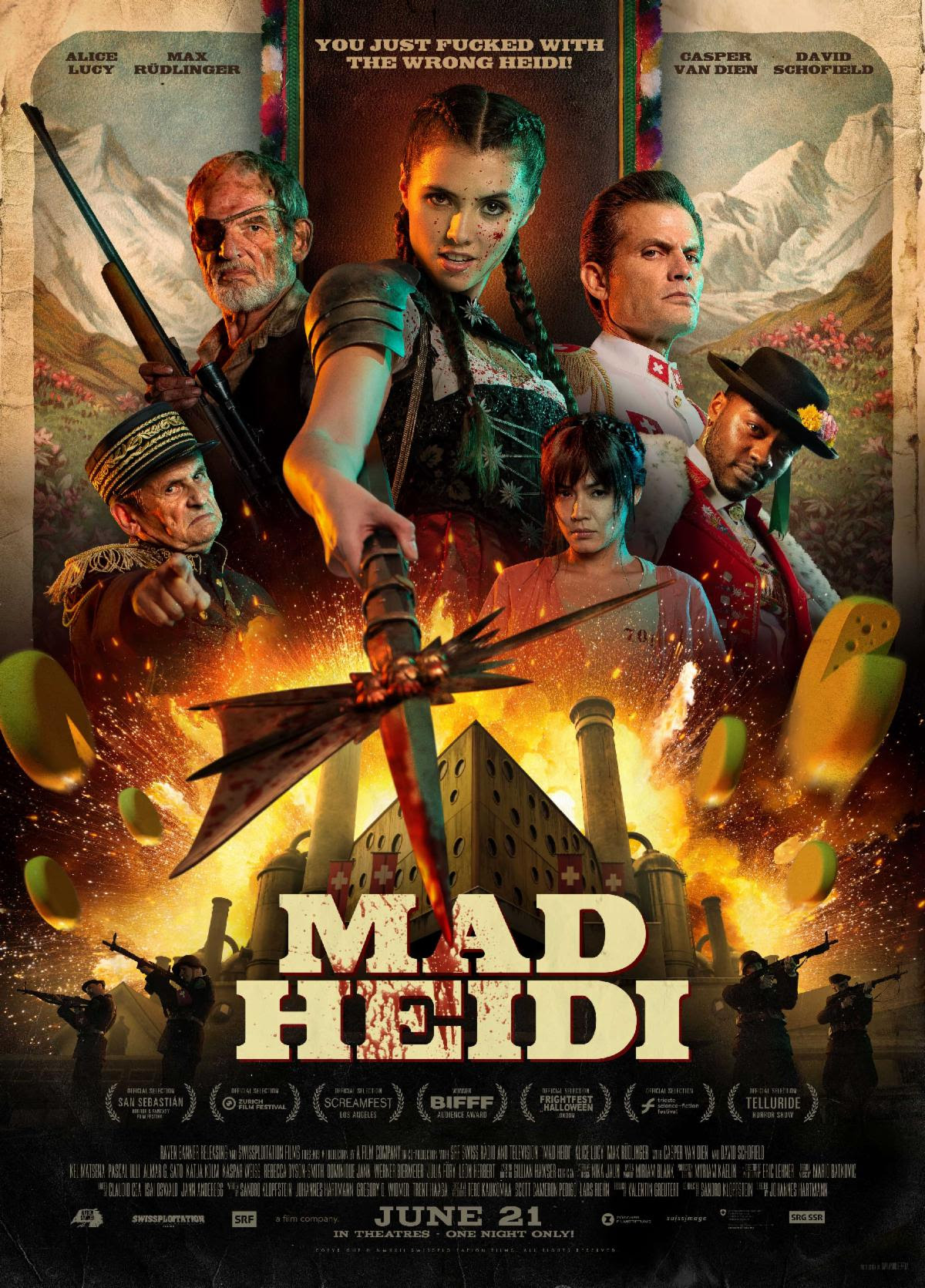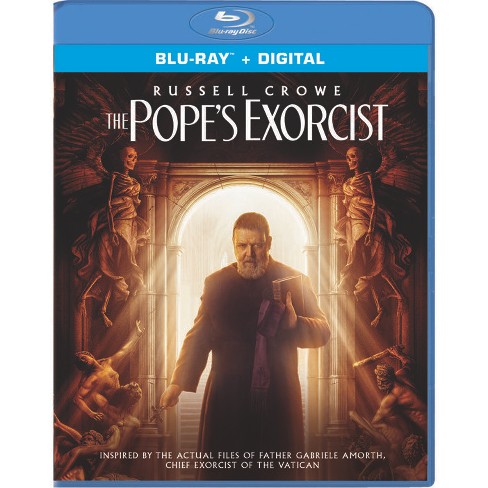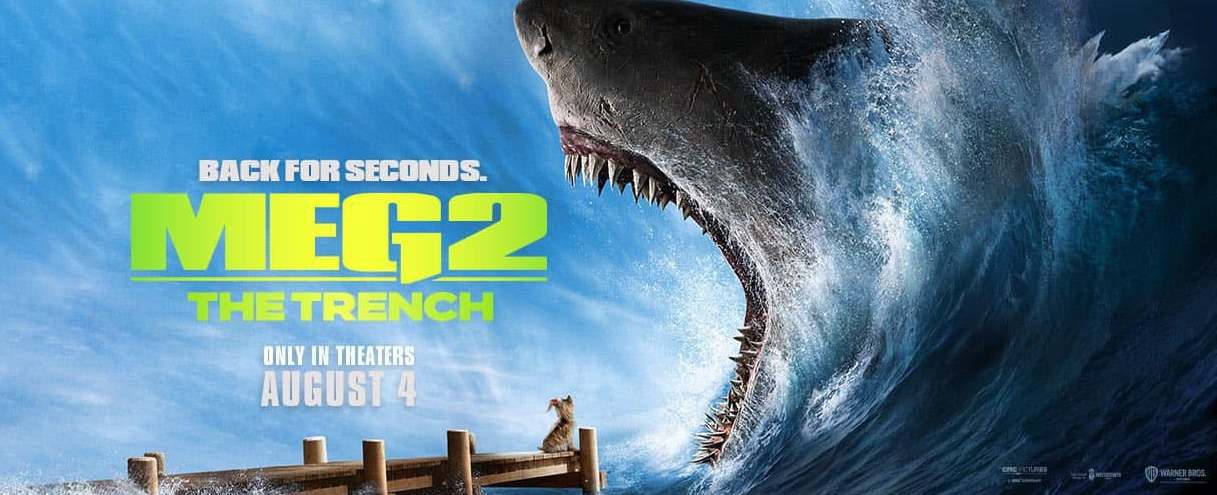Starring: Natalie Burn, Ser’Darius Blain and Cam Gigandet
Directed by: Shane Dax Taylor
Rated: NR
Running Time: 109 minutes
Cineverse
Our Score: 3.5 out of 5 Stars
In a previous critic’s life, I reviewed blu-rays for action movies you’ve never heard of. You’ve never heard of them because they usually utilized 80s action stars in their twilight years for a few minutes, just so they could get Bruce Willis or Jean Claude van Damme on their cover art. The movies were notoriously rough because of their hairbrained scripts, wooden acting, CGI blood and explosions, and incompetent use of 80s tropes. Thankfully though, the low-budget action movies I watch now are directed or written by those with a deep understanding of what made 80s action great. Brutal violence, spurts of fake, but realistic looking blood, schlocky dialogue bordering on unintentionally funny, and stories that have you rooting for the good guy; Or in the case of “Til Death Do Us Part,” the good bride.
When we first meet the bride (Natalie Burn) and groom (Ser’Darius Blain), they seem like they’re madly in love. In fact if you didn’t know this was an action movie, you’d think that you’re stuck watching a third-rate Hallmark rom-com in the first several minutes. The bride is happy, the groom is yucking it up with his seven groomsmen, and all seems well. But suddenly, the bride bails because, as we find out, her hubby-to-be is a professional assassin. That doesn’t sit well with the groom who sics his groomsmen, who are all mercenaries, after her.
“Til Death Do Us Part” is like if “Kill Bill” and “Scott Pilgrim” had a one night stand that led to pregnancy. The violence is joyous as each groomsmen meets a brutal end at the hands of a woman scorned. Each groomsman attempts to bring his own pizzazz to the battle, only to have the bride find another unique way to dispose of them. While the kills and fight scenes are not as highly choreographed as the two films I mentioned above, “Til Death Do Us Part” makes up for it in pure tongue-in-cheek brutality. Very rarely does Burn make the bride more than a revenge driven killer and very rarely do any of the groomsmen evolve above one note bastards looking to do the bidding of the groom.
If I had a complaint about “Til Death Do Us Part,” it’d be the runtime and the attempt to make the world bigger than it seems. I won’t reveal the specifics, but “Til Death Do Us Part” seems to play with the notion that there’s more to explore in this world. While that may be, the writer seems to want to take this in a semi-serious direction, which actually works against what makes this film enjoyable. During most of its runtime, I don’t have to worry about putting too much thought into what I’m watching and can simply enjoy the slicing and dicing. It also needs an editor, as evident by the runtime that pushes us well past the 80-to-90-minute mark. Simply put, this film would have knocked it out of the park if there was less talking and more groomsmen to kill.
“Til Death Do Us Part” mainly works because of its cast, which is ready and willing to get covered in blood. Burn plays the bride with enough sympathy and grit that we can’t help but smile as she goes on a relentless killing spree as geysers of blood coat her face and pristine white wedding dress. The best man, played by Cam Gigandet, gets to gnaw on the wedding scenery as he dispatches groomsman after groomsman while speaking philosophically as if he’s Socrates in ancient Rome. Even if you’re watching “Til Death Do Us Part” by yourself, you’ll find plenty to smile about as the body count piles up and the bride’s white wedding dress becomes a blood soaked badge of revenge.
